We are committed to providing dental professionals with the highest quality lab equipment, products, and supplies. We understand the importance of receiving your orders on time and in perfect condition. We’ve partnered with leading shipping providers to offer reliable and efficient delivery services. Below, you will find detailed information about our shipping and delivery policies.
Our Shipping Partners
We are proud to partner with the following trusted carriers to ship our dental lab products worldwide:
- FedEx: Known for its fast and reliable service, FedEx offers a range of shipping options to meet your needs.
- DHL: With a global reach, DHL ensures your dental lab supplies are delivered safely, no matter where you are.
- UPS offers domestic and international shipping services; UPS is an excellent choice for timely deliveries.
- EMS: Ideal for international shipments, EMS provides secure delivery with the benefit of being more cost-effective.
Online Tracking
We understand that it’s important for you to stay informed about the status of your shipment. That’s why all orders come with online tracking options that allow you to track your package in real-time. Once your order is dispatched, we will send you a shipment confirmation email containing a tracking number and a link to track your package online. This way, you can easily stay updated on the status of your delivery and know exactly when to expect your order.
Shipping Times and Costs
- Processing Time: Orders are processed within 1-2 business days. Custom orders may take longer, and you will be informed accordingly.
- Delivery Times: Delivery times vary based on location and the selected shipping option. Typical delivery times are as follows:
- Domestic shipments: 2-5 business days
- International shipments: 5-14 business days
- Shipping Costs: Shipping costs are calculated based on the weight and dimensions of your order and the shipping destination. You can see the shipping cost at checkout before finalizing your purchase.
Packaging
We take great care in packaging your orders to ensure they arrive in perfect condition. Our products are securely packed to prevent damage during transit.
International Shipments
For international customers, please be aware that shipping times can vary significantly based on your country’s customs processes. Additionally, customers are responsible for any customs and import taxes that may apply. We are not responsible for delays due to customs.
Customer Service
Should you have any questions or concerns about your order’s shipping and delivery, our customer service team is here to help. You can contact us via email or phone; we’ll gladly assist you.


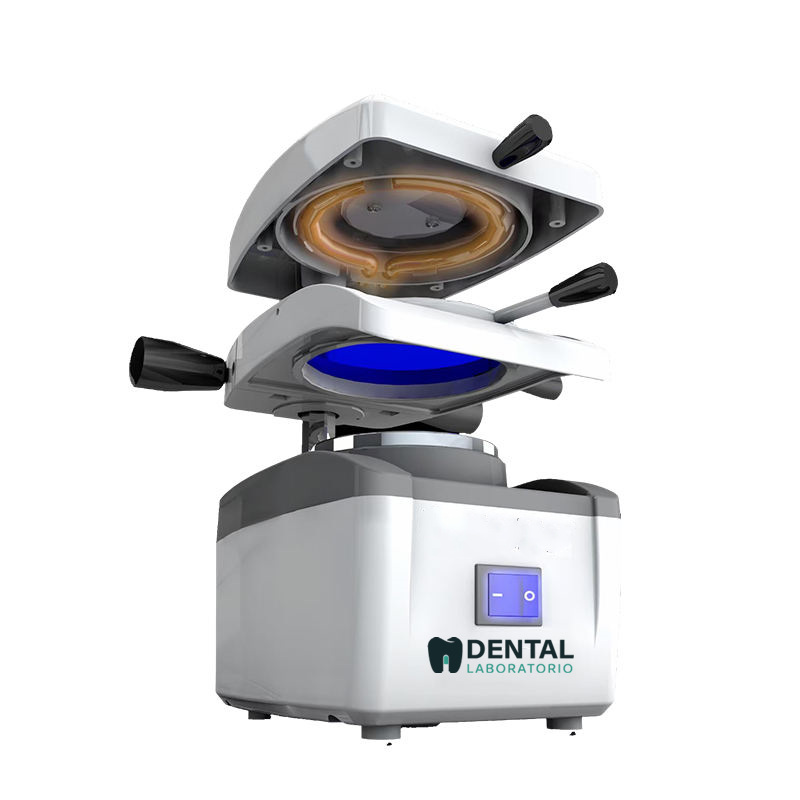
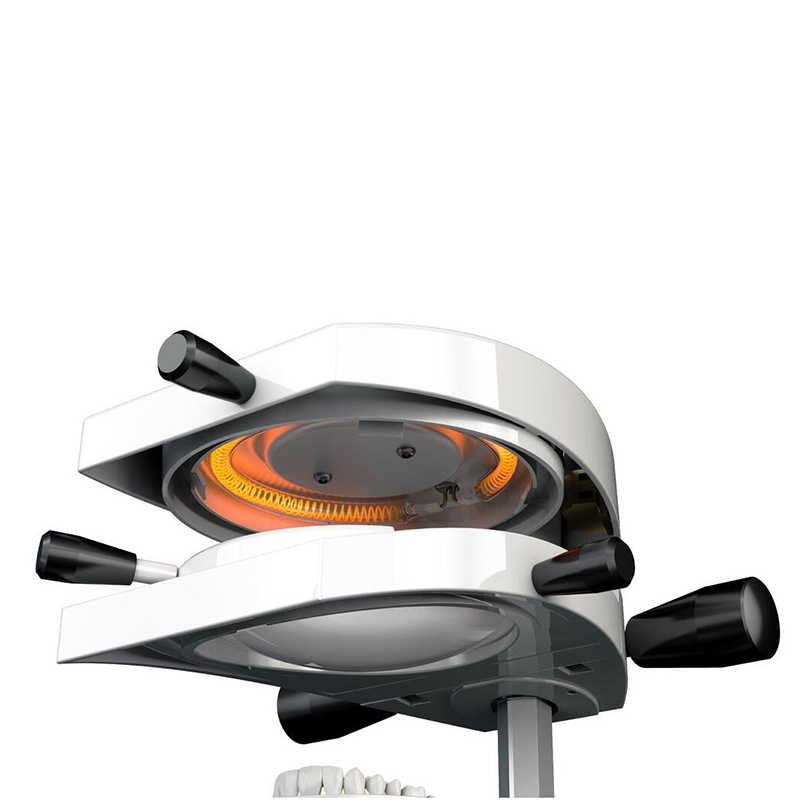
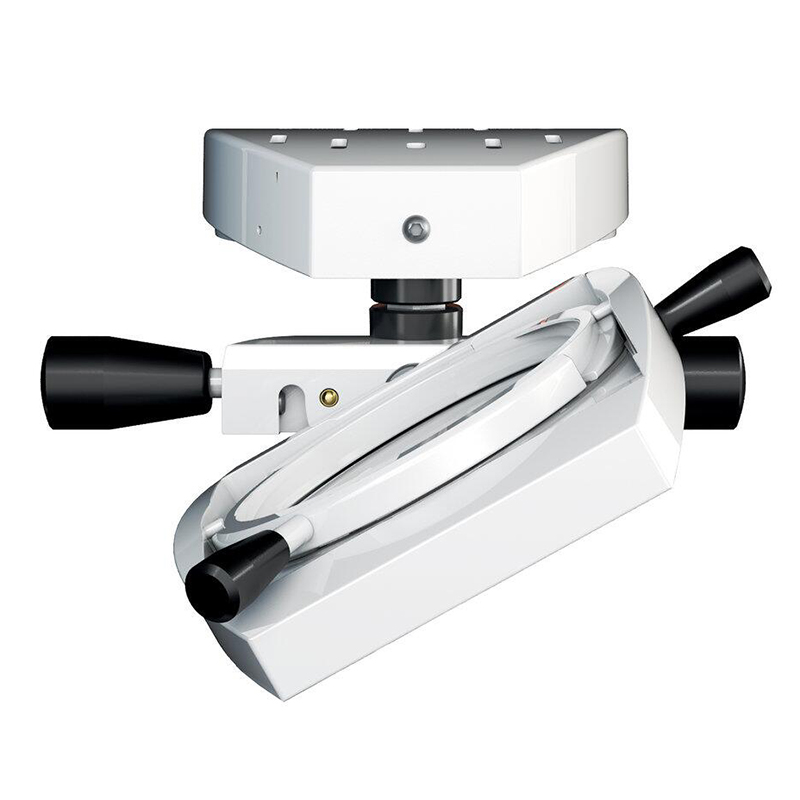
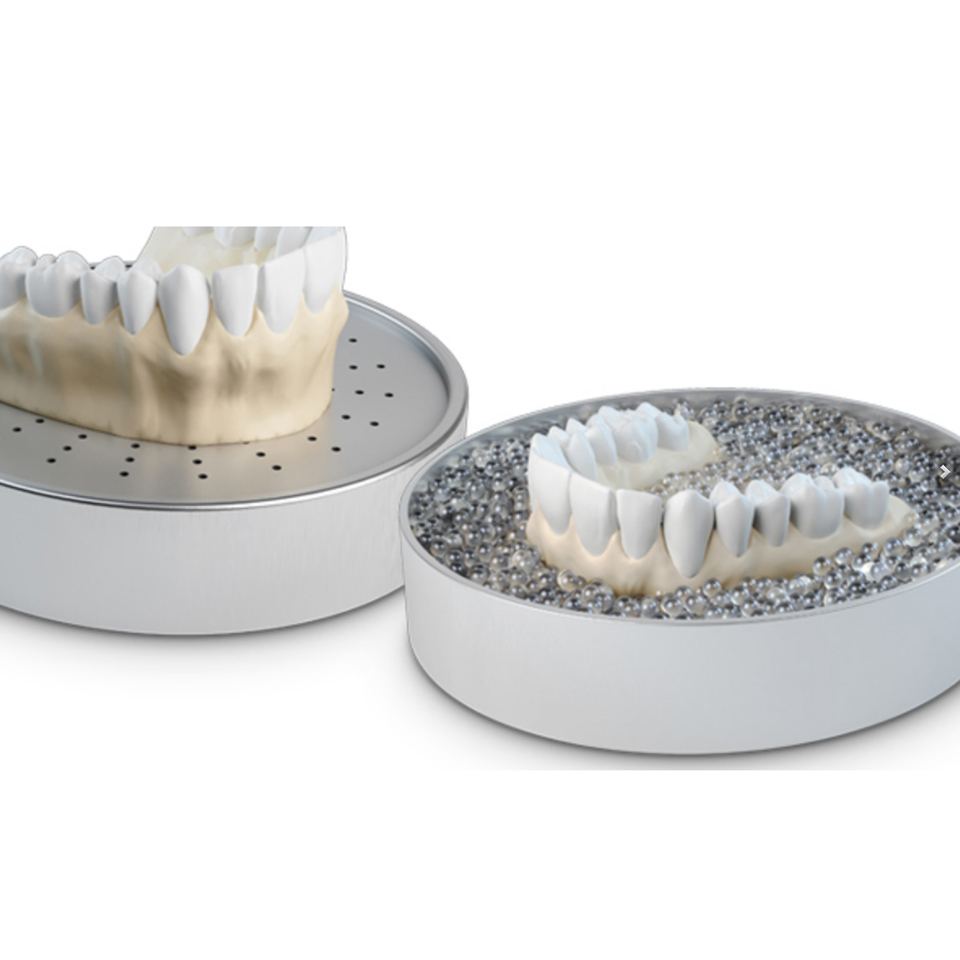
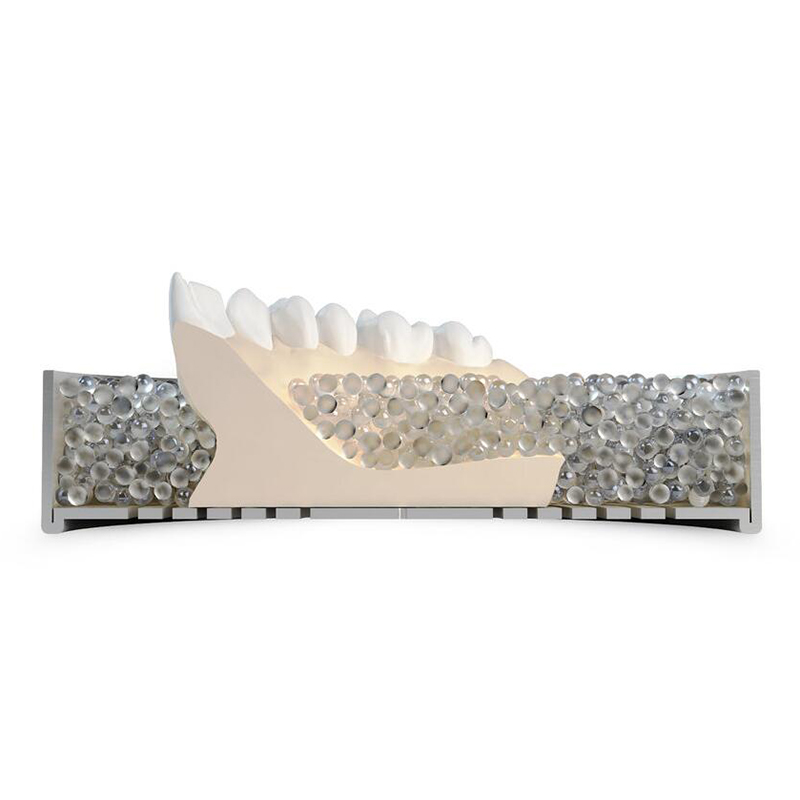
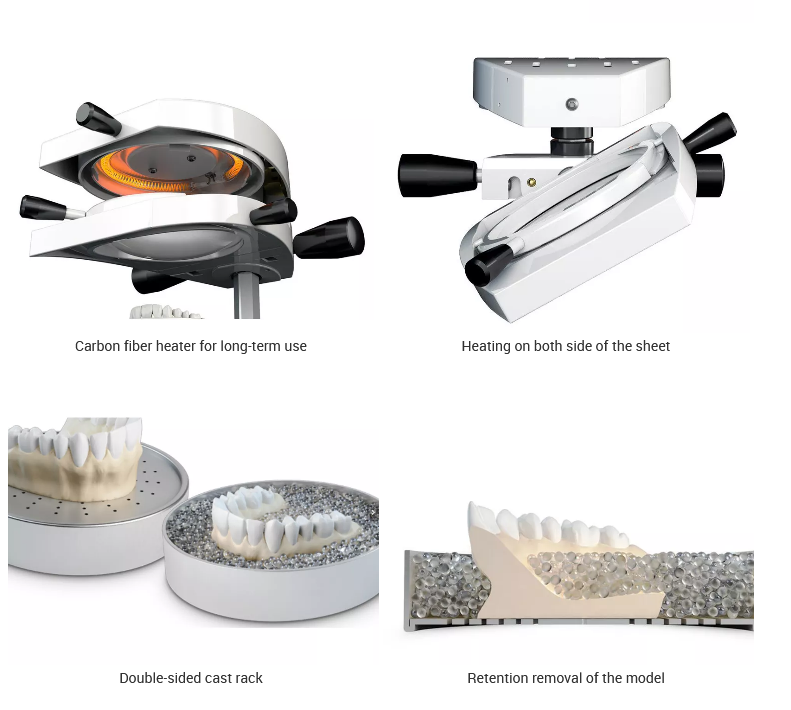
Reviews
There are no reviews yet.